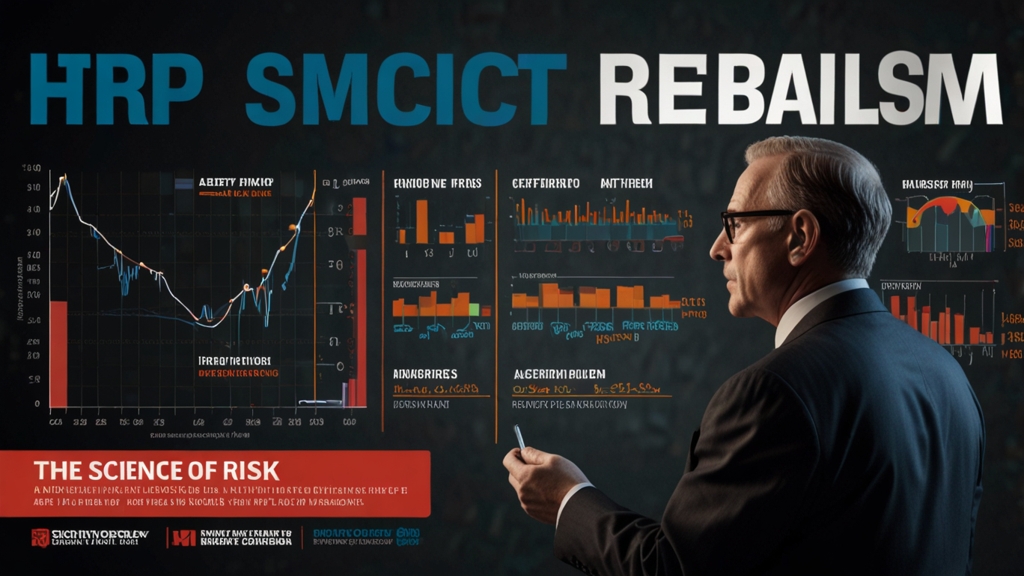The Science of Risk: What Statistics Tell Us About Safety
In our contemporary world, where we are constantly surrounded by uncertainties and potential hazards, understanding risk and safety through the lens of statistics has never been more crucial. Whether it's crossing the street, flying in an airplane, or managing financial investments, statistical analysis provides a foundation for evaluating and mitigating risks. This article delves into the science of risk and how statistical data informs our perception of safety.
What is Risk?
Risk is the potential for an undesirable outcome, which necessitates a blend of probability and consequence. In essence, risk involves the likelihood of an event occurring and the impact if it does. Statisticians quantify risk using various models and methods, ultimately helping us make informed decisions in our daily lives. The science behind risk assessment is intricate, merging historical data, probability theory, and predictive analytics.
The Role of Statistics in Risk Assessment
Statistics play an integral role in risk assessment by providing empirical data that can predict the likelihood of certain events. For instance, insurance companies rely heavily on statistical models to evaluate the probability of accidents, natural disasters, or health issues, thereby determining premiums and coverage policies. Similarly, in the field of public health, statistical analysis is pivotal in understanding the spread of diseases and implementing effective containment measures.
"Statistics are the heart of risk management. Without them, we would be navigating a stormy sea without a compass." — Anonymous
Applying Statistical Models to Safety
Several statistical models are employed to enhance safety across different sectors. One common model is the probability distribution, which helps in understanding the frequency and severity of potential risks. For example, the Normal distribution (or Gaussian distribution) is frequently used to model phenomena such as measurement errors or heights of individuals within a given population.
Another powerful tool is the Bayesian inference, which allows for updating the probability estimate for a hypothesis as additional evidence is acquired. This model is particularly useful in fields like medicine, where new data constantly emerges, necessitating continuous reassessment of risks and interventions.
Case Study: Aviation Safety
Aviation is often hailed as one of the safest modes of transportation, and this reputation is owed largely to rigorous risk assessment and management practices grounded in statistical analysis. By meticulously analyzing data from past incidents and near misses, the aviation industry has developed comprehensive safety protocols. Techniques such as fault tree analysis and event tree analysis are implemented to foresee potential failures and devise appropriate preventive measures.
"The safety of the flying public has always been aviation's primary concern, heavily reliant on an unwavering commitment to statistical rigor." — Anonymous Pilot
The Human Element in Risk Perception
Interestingly, there is often a significant divergence between perceived and actual risk. Human beings are prone to cognitive biases that can distort their understanding of risk. For example, sensationalized media coverage can make very rare events, such as airplane crashes, seem more common and dangerous than they are. Conversely, everyday risks like driving, which statistically carry higher probabilities of accidents, are often underestimated. The discrepancy between perceived and empirical risk emphasizes the importance of statistics in providing a more accurate picture.
Conclusion
In conclusion, the science of risk, underpinned by statistical analysis, is pivotal in navigating the complexities of safety in diverse realms. By transforming abstract uncertainties into quantifiable data, statistics offer a means to evaluate, manage, and mitigate risks effectively, ultimately ensuring a safer environment for all. As we continue to advance technologically and scientifically, the role of statistics in understanding and enhancing safety will only become more pronounced.
"Understanding risk through statistical analysis isn't just about predicting the future; it's about preparing for it." — Anonymous
Ultimately, the intersection of risk science and statistical methodology equips us with the knowledge and tools necessary to make judicious decisions, safeguarding our well-being and fostering a more resilient society.








